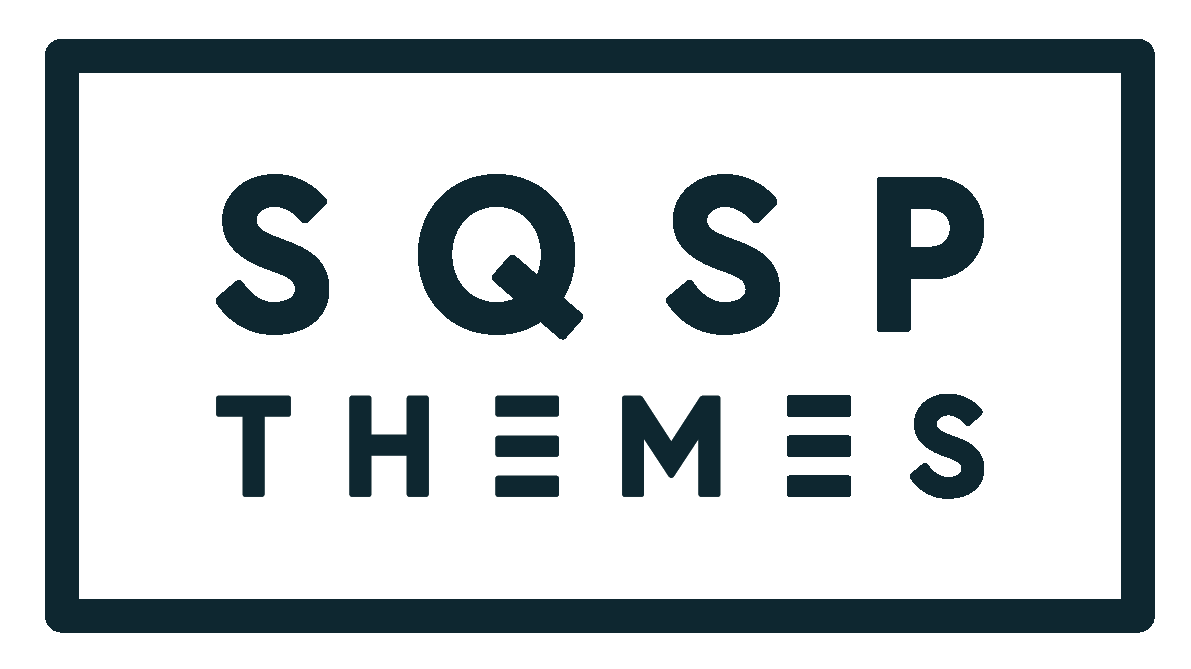“I Almost Lost My Biggest Web Design Client—Here’s How I Won Them Back”
Alex felt their stomach drop the moment they saw the subject line: “Pricing Concerns – Let’s Talk.” It was from their longest-standing web design client, Dana—someone who’d been with them from the early days.
For months, Alex had wrestled with the decision to raise their rates. They knew their skills had grown significantly, and new projects were waiting. Still, the fear of losing Dana’s trust (and steady income) weighed them down.
Finally, during a session with their coach, Alex got a crucial piece of advice:
“Before you break the news on rates, take the time to uncover what your client truly values. Help them see the improvements you’ll make that justify the new price.”
That single suggestion changed everything. Here’s how Alex handled the situation—and the 5 questions that saved their biggest client relationship.
1. “What do you find most valuable about my web design services?”
When Dana hopped on their call, she explained how vital Alex’s quick updates and fast turnaround were. Other designers she’d tried were slow to respond or frequently missed deadlines. Alex made a mental note: Reliability matters most to Dana.
Why This Question Works:
It highlights the client’s top priorities, giving you a talking point for why your new pricing protects what they already love.
2. “What frustrations have you had in the past with other designers or developers?”
Dana recalled a time a previous designer delivered a site that was riddled with bugs. They also ignored urgent requests for fixes. Hearing this, Alex realized Dana’s biggest pain points revolve around consistency and responsiveness—two areas Alex already excels in.
Why This Question Works:
It positions you as the solution to their worst-case scenarios. Plus, it’s a subtle reminder of why they hired you in the first place.
3. “If you could change or improve one thing about my service, what would it be?”
To Alex’s surprise, Dana wanted more proactive mobile UX suggestions. It wasn’t on Alex’s radar, but it was a small pivot that could massively improve Dana’s user engagement.
Why This Question Works:
Clients often have a hidden wishlist. By inviting them to share, you can connect the new rate with additional features or expertise they truly want.
4. “How do you feel about our current pricing compared to the value you receive?”
Dana admitted she loved Alex’s work but worried about a sudden jump in costs. Alex took this moment to reassure her that while the rate would be higher, it would come with more in-depth service—like a monthly UX audit and priority updates.
Why This Question Works:
You get a sense of whether the client sees your current rate as high, fair, or a bargain—critical intel for framing the new price.
5. “What specific outcomes or improvements would make you happiest moving forward?”
Dana asked if Alex could expand their SEO efforts and integrate a faster checkout for her e-commerce section. By hearing Dana’s exact wants, Alex could propose a refined package that tied directly to her goals—rather than a simple hourly increase.
Why This Question Works:
Connecting your new rate to tangible, asked-for improvements makes it far more palatable for the client.
The Turning Point
Armed with these insights, Alex drafted a quick, clear service upgrade proposal. They emphasized how the new pricing would allow for:
Proactive Mobile UX Reviews
SEO Strategy Consultations
Faster Turnaround on Urgent Site Updates
Monthly Report & Audit to track improvements
When Dana saw these additions aligned exactly with her wish list—and recalled the pain points Alex consistently solved—she agreed to the new rate without hesitation. In fact, she was relieved to see a structured plan for the improvements she’d been quietly hoping for.
Why This Approach Works for Web Designers (and Developers)
Addresses Real Fears: Clients worry new rate mean the same service at a higher cost. Proactively showing tangible improvements eases that fear.
Builds Trust: You’re not just telling them the new rate; you’re showing how it will deliver better, more specialized outcomes.
Strengthens Long-Term Loyalty: Clients who see you adapt to their feedback will stick around. They feel valued, heard, and part of your growth.
Makes You Stand Out: Many freelancers skip the feedback loop. By asking these questions, you prove you’re not “just another designer”—you’re a genuine partner in their success.
Ready to Talk New Rates?
If, like Alex, you’re staring at a crowded calendar and suspect it’s time to adjust your pricing, don’t jump straight into the money conversation. Start by asking these five questions and truly listening. You’ll discover the exact points you need to emphasize to make that rate increase feel like a win-win rather than a headache.
Pro Tip: When clients see you’re solving their biggest pain points—and offering extra value tailored to them—they’ll often thank you for stepping up your game, instead of balking at the added cost.
Your Turn
Have you ever felt uneasy about raising your rates? Drop a comment or send me a message. Sometimes the quickest way to transform tension into mutual trust is just one genuine conversation away.

